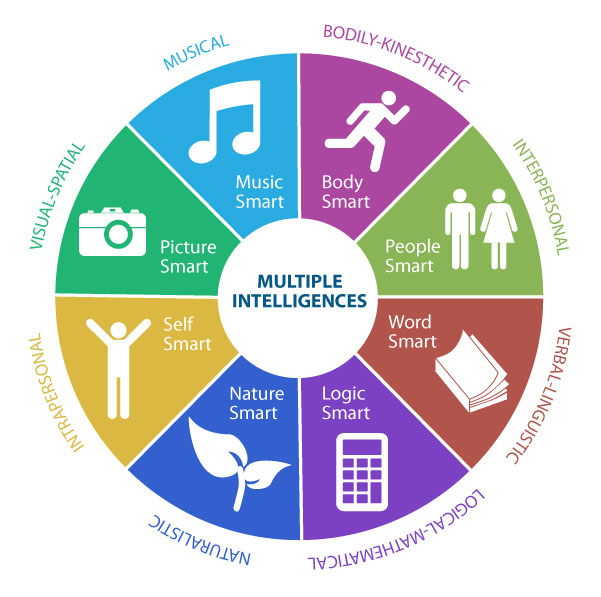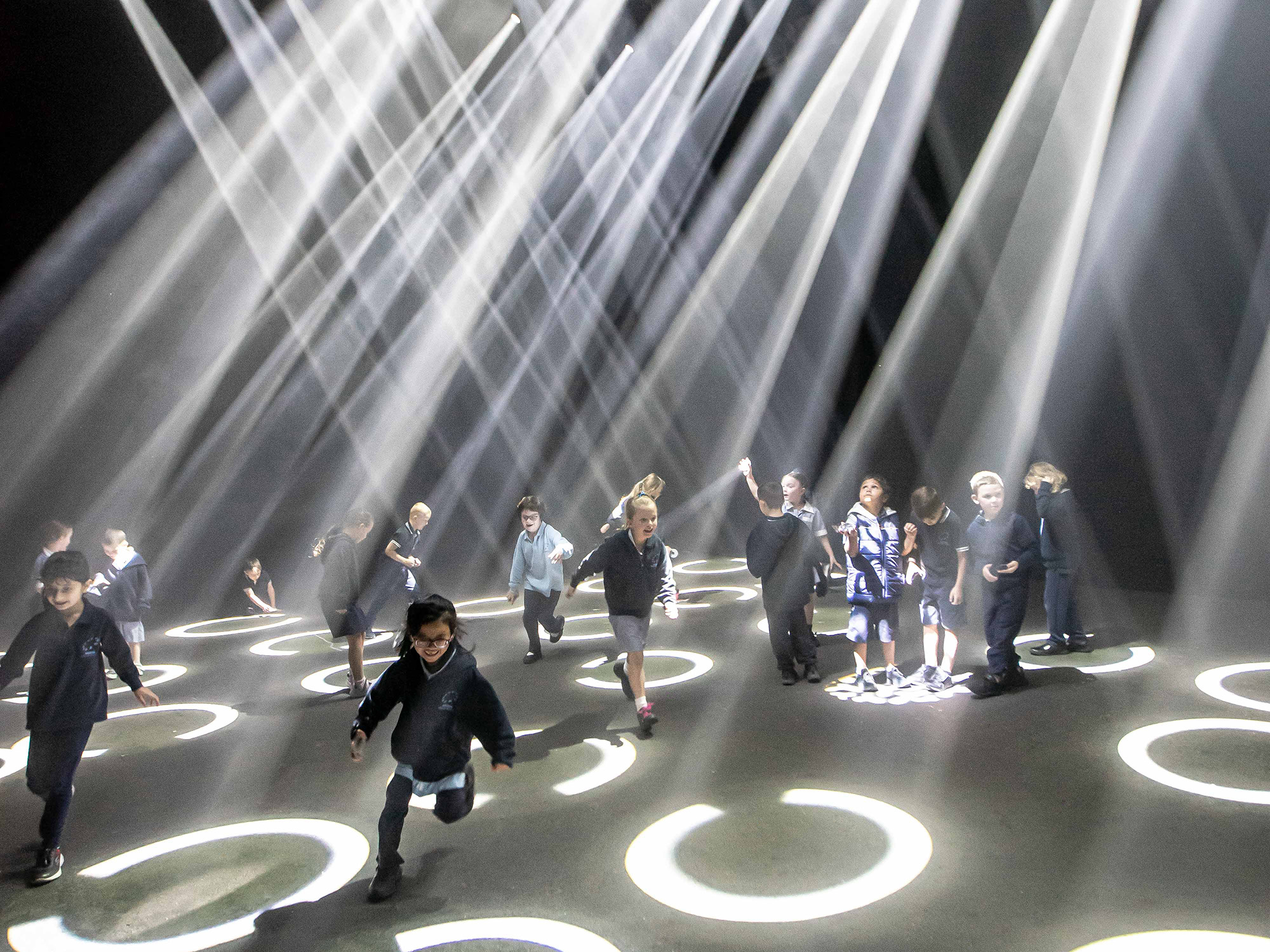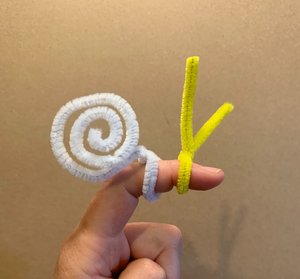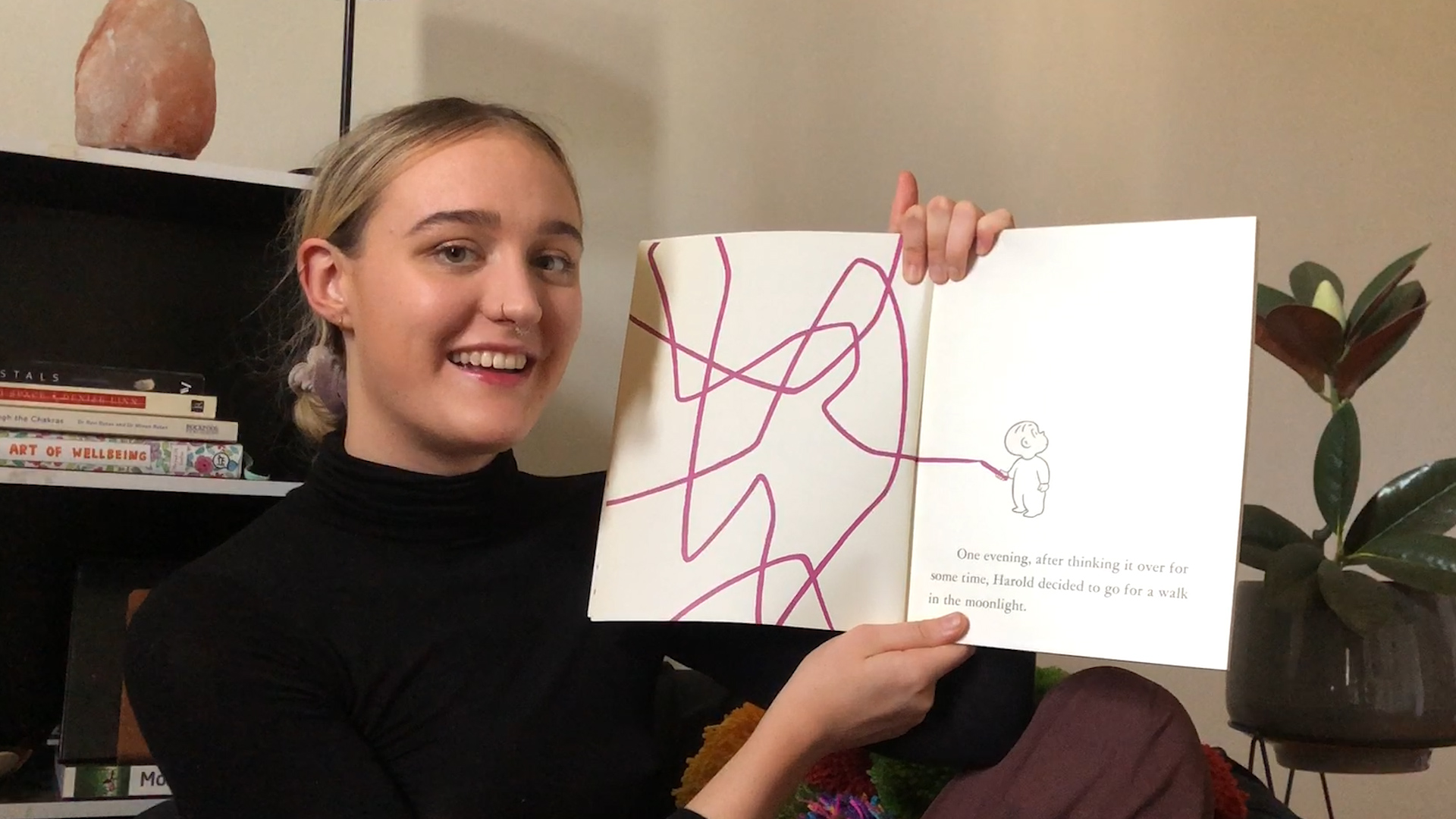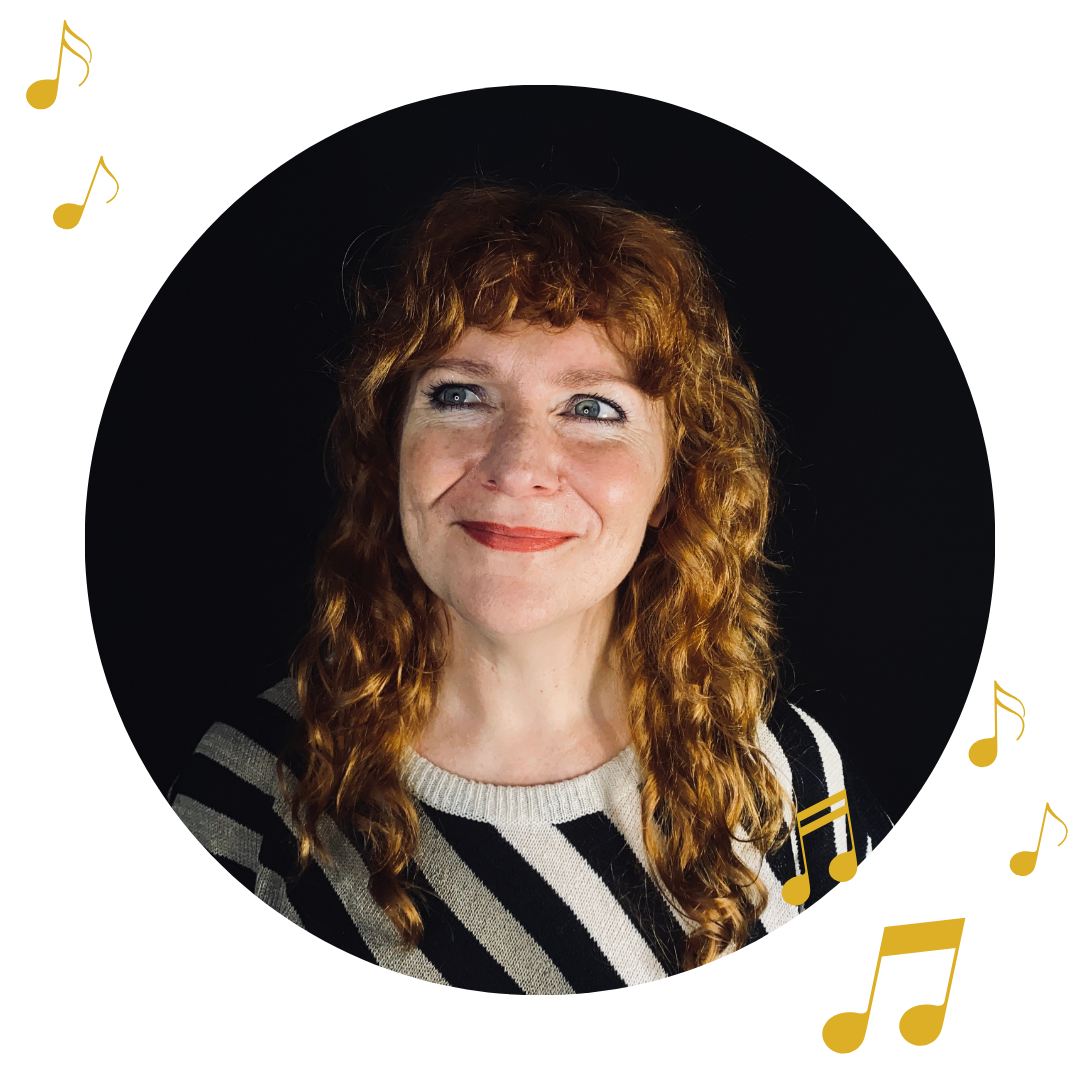Storytime with Temeka: All the Ways to be Smart
Smart is not just ticks and crosses, smart is building boats from boxes...
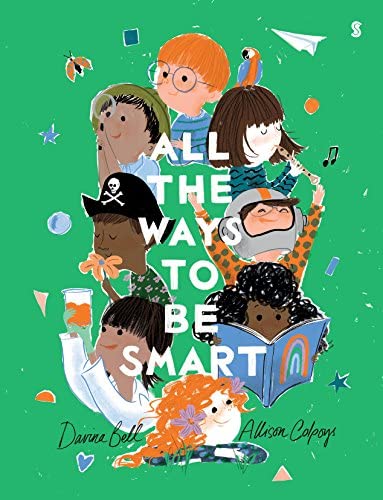
Reflect and Respond
Take it further
Exploring similar ideas in different ways
Watch the trailer for I Wish…
If you have seen I Wish…
Gardner’s Multiple Intelligences
